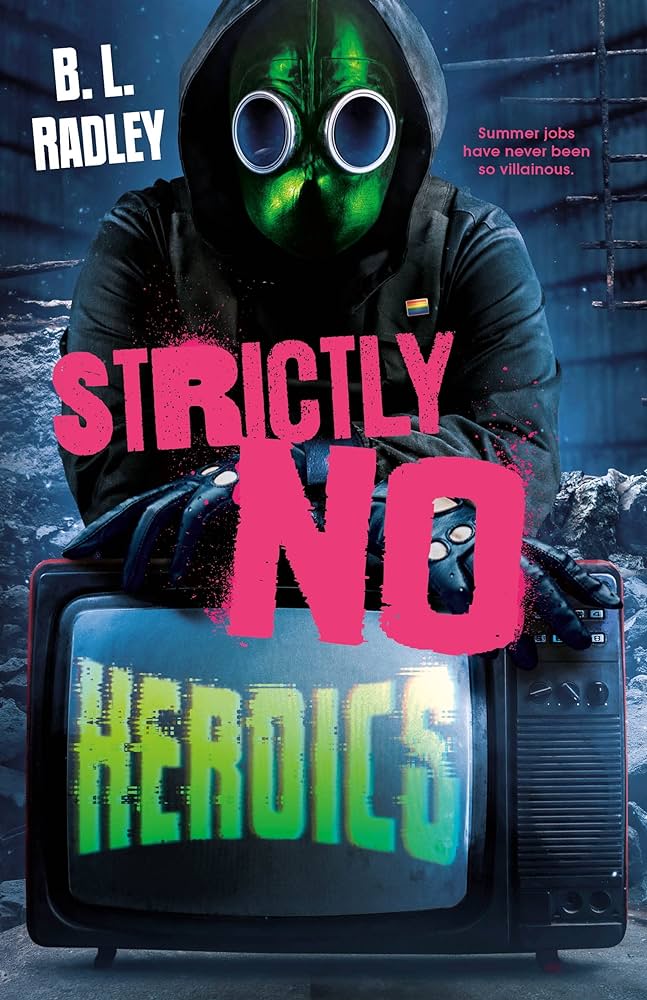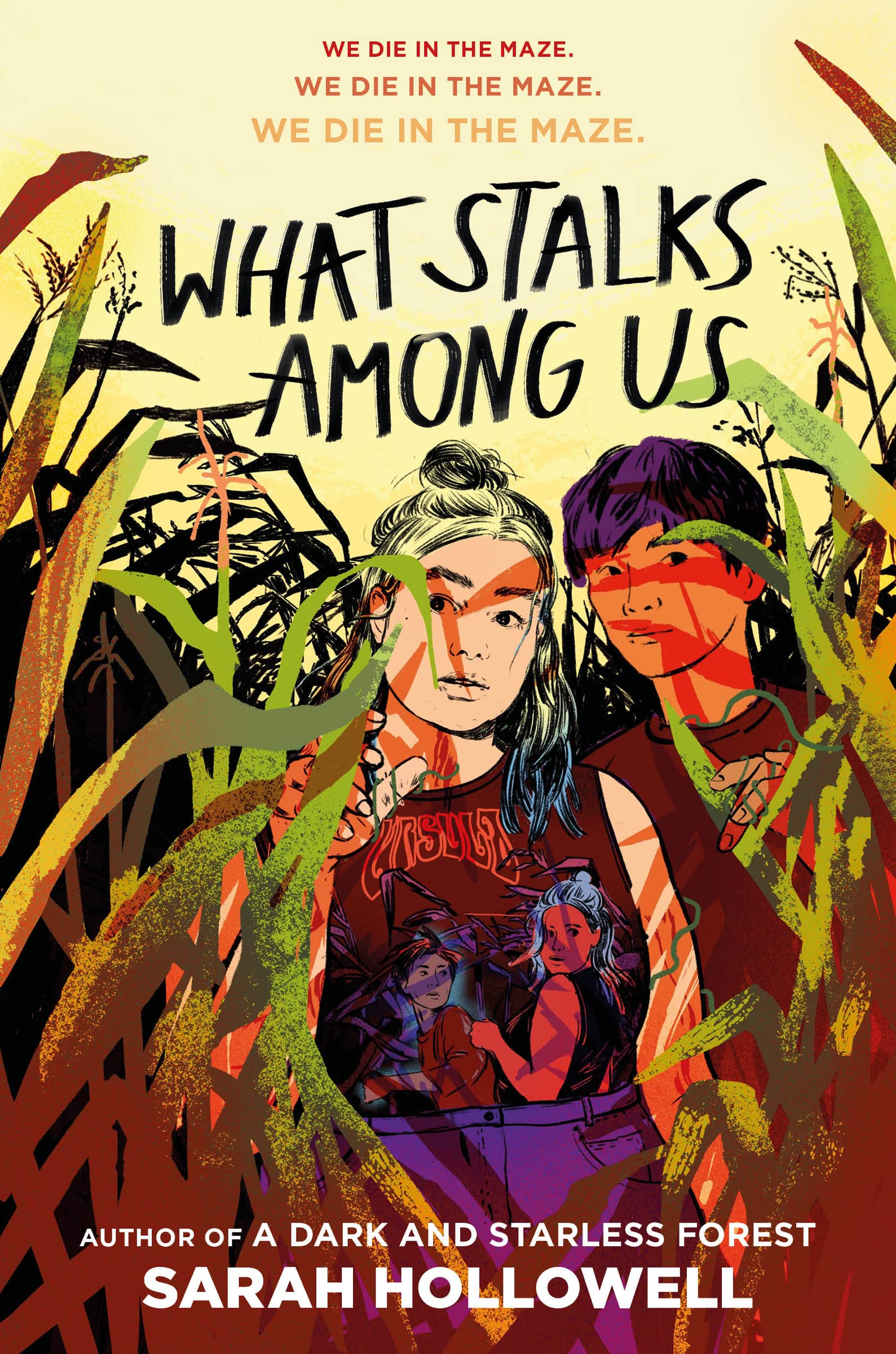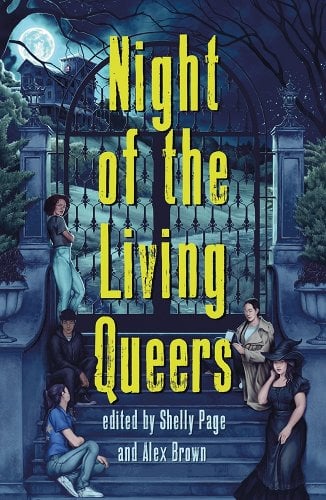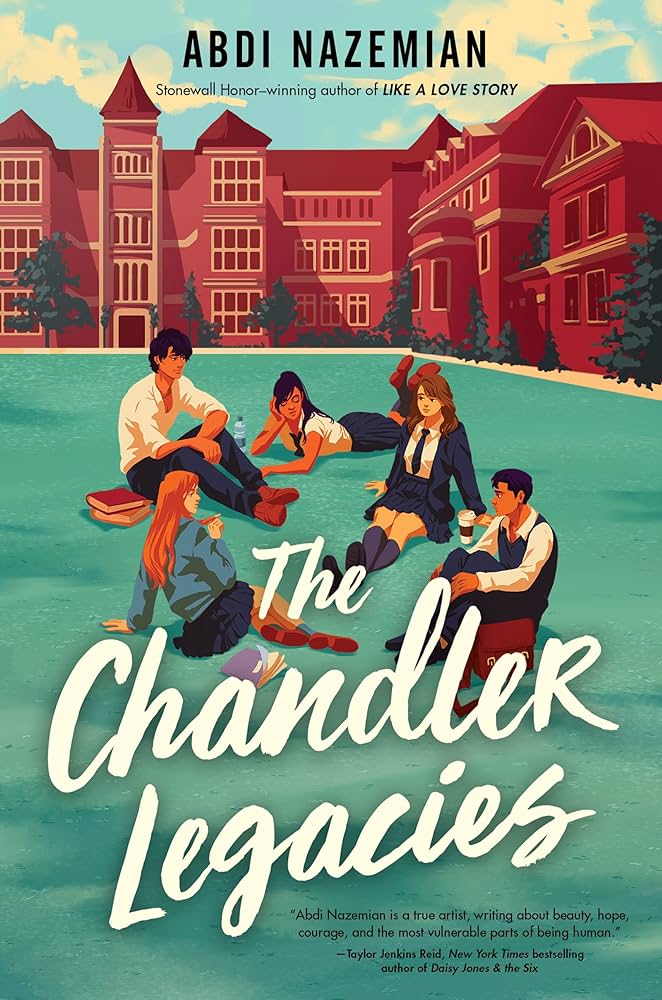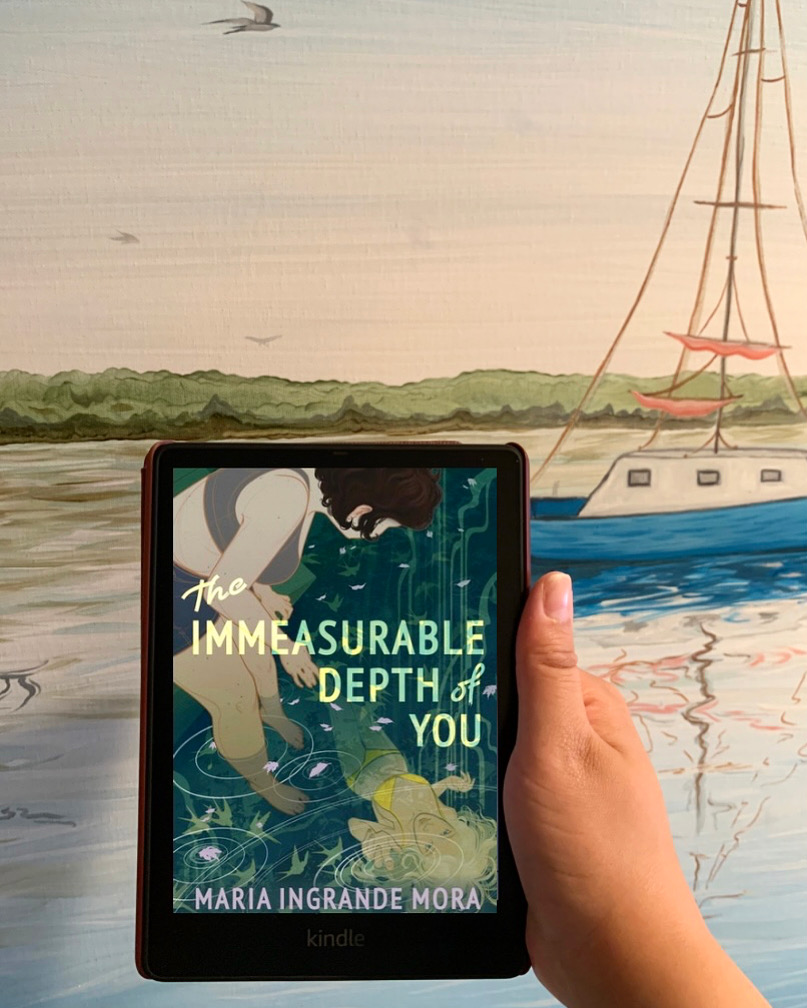Buy this through Bookshop.org to support local bookstores and the Lesbrary! Since reviewing Grand Slam Romance, a heartwarming, sexy, and inspiring graphic novel set in the world of a magical queer softball league, I’ve been searching for another graphic novel to scratch that very specific itch. To my delight, Melissa Capriglione’s Basil and Oregano did just that. ThoughRead More
Join the Henchfolk Union: Strictly No Heroics by B.L. Radley
Bookshop.org Affiliate Link Strictly No Heroics is a YA urban fantasy novel that treats “super” as an adverb as much as a noun. It introduces a world of supers—superheroes, supervillains—who are super dangerous to normies (non-powered humans) and super helpful to the forces of gentrification. Main character Riley has simple desires: earn enough money for therapy,Read More
When We Find Our Bodies in the Cornfield: What Stalks Among Us by Sarah Hollowell
Bookshop.org Affiliate Link I don’t know if this book will be for everyone, but it was a perfect read for me. The premise of this YA horror novel is that two friends get lost in an ever-shifting corn maze, and then they find their own dead bodies in the maze and have to figure outRead More
LA as a Not-So-Urban Jungle: Undergrowth by Chel Hylott and Chelsea Lim
Bookshop.org Affiliate Link Seventeen-year-old Mariam finds herself surviving a Los Angeles that has been overrun by a magic jungle of horror. Along the way, she meets a group of other survivors, and together they become a family. But Mariam has her secrets. She magically heals and cannot die thanks to a deal with the devilRead More
10 Sapphic YA Horror Books to Read In October
With fall finally here, you might be looking for some spooky books to read in October and to get you in the perfect eerie mood. Featuring ghosts, aliens, demons, and zombies, these books are a great way to get in touch with your sinister side and prepare yourself for the best night of the year:Read More
The Secret History Meets The Breakfast Club: The Chandler Legacies by Abdi Nazemian
Bookshop.org Affiliate Link At a private boarding school, five writers are selected for the elite writing group called the Circle: Beth, the “townie” who feels very much out of place; Sarah, Beth’s former roommate who carries her own secrets about the school; Spence, who struggles to carve out her own identity while also benefiting fromRead More
A Dramatic Supernatural YA Horror Read: Here Lies Olive by Kate Anderson
Bookshop.org Affiliate Link Here Lies Olive by Kate Anderson is a young adult fiction novel that follows sixteen-year-old Olive as she navigates unwitting friendships to save a ghost that she accidentally-on-purpose brings into the material plane in order to find out if the Nothing that she saw when she “died” after an allergic reaction is reallyRead More
#SapphicSoccerStoryGoals: You Don’t Have a Shot by Racquel Marie
Bookshop.org Affiliate Link You Don’t Have A Shot is sapphic soccer-rivals-to-lovers perfection set in present-day Southern California. If you’re still mourning the fact that the Women’s World Cup is over or you agree that “fútbol is life” a la Danny Rojas from Ted Lasso (but with a queer Latina twist), this book is for you!Read More
Young Adult Breakthroughs in the Florida Bayou: The Immeasurable Depth of You by Maria Ingrande Mora
Bookshop.org Affiliate Link Thank you to Peachtree/Peachtree Teen and Netgalley for this e-ARC in exchange for an honest review. (Published March 7, 2023) I adored this YA coming of age gem! The book follows Brynn, a young bisexual teen struggling with severe anxiety, as she’s forced to spend her summer away from her home inRead More
An Anti-Capitalist Murder Mystery in Space: Stars, Hide Your Fires by Jessica Mary Best
Bookshop.org Affiliate Link You ever read something that you really really want to love but can’t? That was Stars, Hide Your Fires for me. I’m a huge sucker for political sci-fi/fantasy, and while I more often read heftier adult novels, I do occasionally browse the young adult section of my local bookstore. From the back-cover blurb toRead More
- « Previous Page
- 1
- …
- 5
- 6
- 7
- 8
- 9
- …
- 37
- Next Page »
